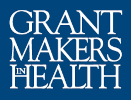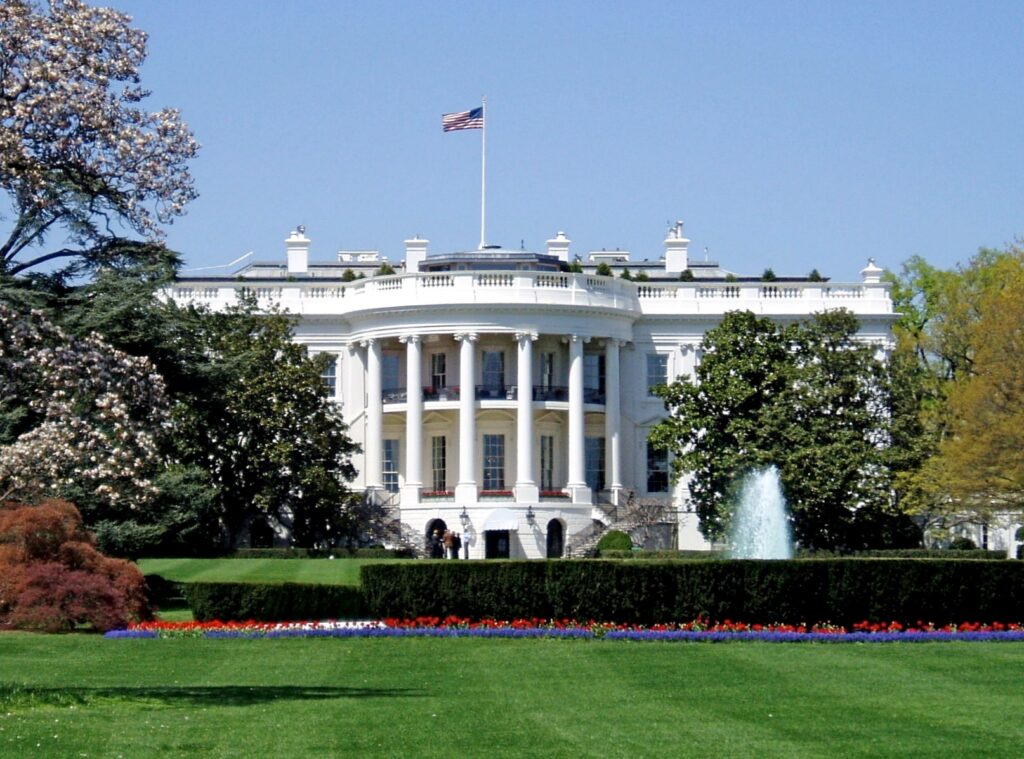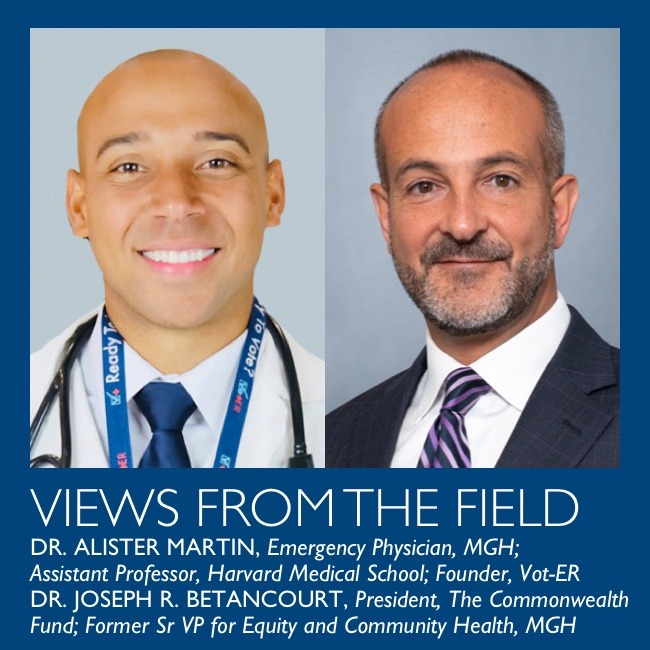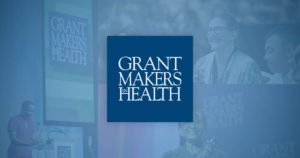The Final Reconciliation Package: Implementation of Key Provisions
On July 4, 2025, H.R. 1, the One Big Beautiful Bill Act, was signed into law. The implementation dates for key health care provisions in the law vary, with some taking effect immediately upon passage and others being implemented over several years. This resource details key dates for the implementation of the law’s most significant health care provisions.
Deadlines in Health-Related Executive Orders and Presidential Memoranda
This GIH policy resource details many of the health-related executive orders issued by the administration and includes a calendar of upcoming implementation deadlines.
Beyond the Exam Room: Impacting Health Outcomes Through Civic Engagement
August marks Civic Health Month, a time to showcase the link between voting and health and celebrate efforts that ensure every voter can support their community’s health at the ballot box. At the same time, the United States is grappling with a health care system ranked 37th globally despite consuming 17 percent of the country’s GDP. With 26 million Americans uninsured and 43 million underinsured, the gap in access to care continues to widen. This crisis will deepen as critical ACA subsidies expire at the end of 2025, potentially leaving 3.8 million more Americans without coverage, in addition to new federal cuts to Medicaid and changes to how coverage is accessed through the health insurance marketplace, which could result in as many as 20 million Americans losing their health insurance.
Integrating Primary Care and Public Health: Opportunities for Oral Health
As health philanthropy considers how to address the current individual and community burdens of increases in chronic diseases, I am optimistic when I reflect on the new and promising collaborations that are developing to better manage and prevent oral disease.
Health Insurance Exchange Planning: Philanthropy Leading the Way
Health insurance exchanges are the cornerstones of the
Affordable Care Act (ACA). By 2014, each state will
need to establish two health insurance marketplaces,
known as exchanges, one to serve individuals and one to serve
small employers of up to 100 employees (the SHOP
exchange).
Cultivating the Next Generation of Philanthropic Leadership
Fellows from the inaugural Terrance Keenan Institute for Emerging Leaders in Health Philanthropy share their thoughts on how the field of philanthropy can help cultivate the next generation of leaders.
Guide to Impact Investing
Read GIH’s latest report, Guide to Impact Investing, which offers a framework to help funders think strategically about the potential of impact investing, part of a growing practice that incorporates environmental, social, and governance criteria into investment decisionmaking.
GIH State Grant Writing Assistance Fund
Grantmakers In Health, with support from the Robert Wood Johnson Foundation, announces the availability of the GIH State Grant Writing Assistance Fund. The fund will provide up to $15,000 in matching funds per state to grantmakers who are interested in offering grant writing support to state government agencies.




